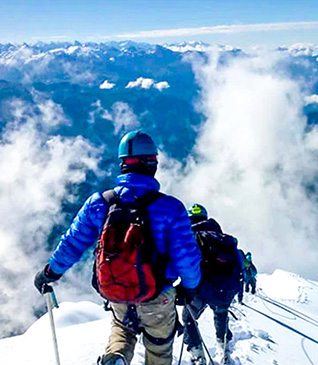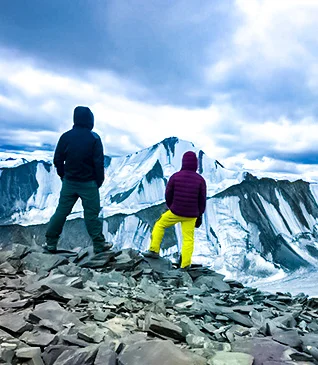On 26th August at 7.30 am our first-ever team of 2 trekkers and 4 TTH members stepped on the Kang Yatse II summit at 6250 meters. It was an overwhelming moment for all of us. It was a moment of pride and nervousness. Proud because our first batch of this Kang Yatse 2 semi-expedition was successful and nervousness because we now had to climb down the risky summit slope.
But all of this vanished for a few minutes when suddenly our trekker Vivek received a WhatsApp Video call from his family. To our astonishment, there was a full 4g network on the summit. If you think that this was the only wonder about the trek, then let me narrate you the entire story. The entire summit route was a path filled with surprises.
1. Weather cannot be predicted so be prepared for anything
Do you remember in mid-August, heavy rains in Northern India led to floods and closing roadways? Well, unfortunately, our entire team got stuck at Delhi airport when all the flights to Leh got canceled on 18th August. Everybody arrived the next day so we altered the itinerary by one day. Let us point out that, while preparing the itinerary of a peak summit, we usually keep a buffer day to accommodate such undue weather conditions. The purpose of this extra day served on this trek and we were right on the schedule.
Right before the summit attempt, during the daytime, we carried out a practice session for all 7 participants. We asked them to wear crampons, gaiters, harnesses, and snow boots and then roped them and took the practice of some mountain commands. The weather seemed a little fuzzy with clouds and winds, we were worried about the summit night. To our pleasant surprise at 9.30 pm the sky was clear. Shortly after midnight again the weather changed. It was windy and there was a sudden drop in temperatures. And at the dawn, it started getting warmer and clearer. Thankfully, as instructed, all our trekkers were prepared with proper clothing. Hence, they all could manage such variations in the temperature.
2. We can help trekkers only if they help themselves by,
- Being Punctual: We should definitely take this opportunity to appreciate the trekkers of this batch because trekkers would always be on time. On the summit night also, they all were geared up and ready to go by 9.15 pm itself. With such punctuality, it becomes easy to follow the trek schedule.
- Being aware of the reality: Within 20 minutes of starting, we realized one trekker was feeling severe pain in his ribs. It was due to some prior injury. He kind of ignored it throughout the trek and on summit night his ribs had given up. The moment we suggested him to return, he himself stood up for this decision and he returned to the camp. Now, this is notable in two terms, firstly because he didn't hide his discomfort and secondly he realized the importance of returning sooner rather than later. This kind of understanding helped us relieve the stress a thousand times. Had he been forced to continue and had his situation would have gone worst on the risky slope at such height, it would have been difficult to rescue him? Sometimes, just accepting reality helps a lot!
- Knowing themselves: The path to the snowy patch and steep slope is lengthy and rocky. Now, walking on such terrain with Scarpa snow boots is challenging. Having said that, nearly after midnight when were just 15 minutes away from the snow patch and getting roped up, we got a call from another trekker. She was the most skilled trekker of the group with over 15 years of mountaineering experience. She has climbed in various mountains including a 7000-meter peak and it was her first time in India. Her face seemed awful and she insisted on going back. On being asked by our guide if she was sure. Her response was, "Yes, I am damn sure. I know my body pretty well now. I know I cannot ask my body to stretch more. And I am not here for the summit only. I made awesome friends throughout the journey. My trek is practically complete. You don't have to worry, it is not your mistake. My body couldn't adjust properly this time. I don't want to slow down others who are doing so well. You all carry on." Such wise words come from experience. Isn't it?
- Supporting each other: As I mentioned, past midnight the temperature dropped suddenly. It was also getting windy. It was that time when the real difficulty of the summit began. The path had loose snow, and the previously opened route had vanished. New steps were needed to be broken. Usually, the guide opens the route, but those who have no experience of kicking snow find it difficult to walk. Especially with heavy Scarpa boots on. During this time we observed trekkers being thoughtful of others who are walking slow and matching their pace. They would at times wait until the breath of the other trekker comes to normal. They would cheer and motivate so that nobody would fall asleep. We know how much mental strength it takes to cheer someone else when you are in pain.
- Knowing when to stop: Summit or returning? It is always a hard choice. Very difficult when the top is only 100 meters away from you. It is like a 'do or die' situation and eventually, you have to quit. In this situation, the regret of not walking those last meters haunts for the rest life unless you have a strong vision. Just 200 meters below the summit, two of the trekkers had exhausted. It was time to send them back. Again, just like the previous trekkers, they also took the decision in a positive way and descended back. One of them is so motivated by not reaching the summit that he has now decided to take a proper mountaineering course, learn walking techniques and then attempt in the future.
- Celebrating the victory together: In Mountaineering, it is always said that, even if one member reaches the summit, it is the victory of the entire team. We witnessed this on our trek when all the trekkers despite summiteer or not, all lauded the success with happy faces. Of course, there is this small grudge but the triumph of the team is a bigger picture.
3. A good body and a good mind can overcome everything:
We always tend to underestimate small things and focus on bigger problems. While trekking, we observe the complexity of the route, use equipment, etc. but never do we realize that good physical strength is necessary to handle the equipment. Prominently, when it comes to using snow boots, strong legs only can walk at such heights. Yes, with a good body and a good mind, even the worst can be overcome. Nobody but the 2 summiteers are the best examples of good fitness preparation. Both of them followed a strict routine 3-4 months prior to the expedition. And made it to the summit.
In short, we love to say that all the trekkers summited. If not Kang Yatse II, they definitely conquered themselves. Be it through physical strength or mental strength. Both are the key to attaining satisfaction. After all, that is why we go on treks, right?
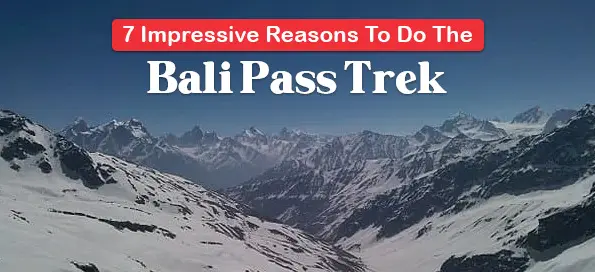
7 Impressive Reasons To Do The Bali Pass Trek

CHAR DHAM YATRA PACKAGE
.webp)
Buran Ghati and Rupin Pass Two Mesmerizing Treks in Himachal
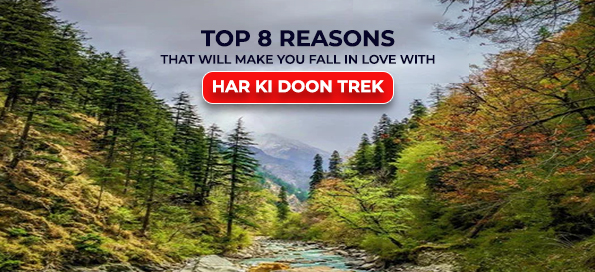
Top 8 Reasons That Will Make You Fall in Love with Har Ki Doon Trek
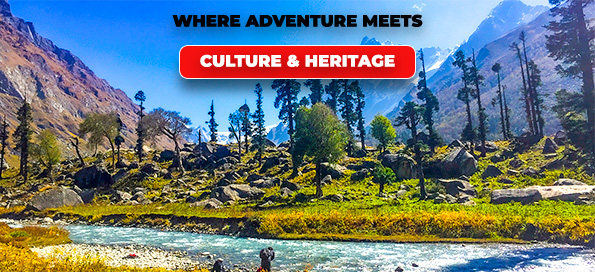
Where Adventure Meets Culture & Heritage
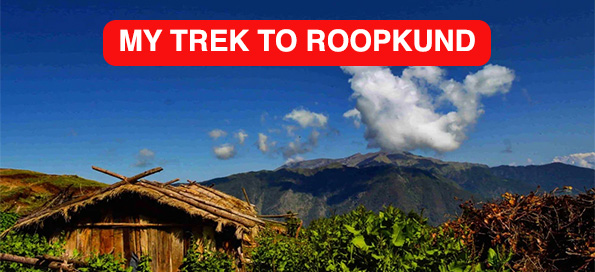
MY TREK TO ROOPKUND
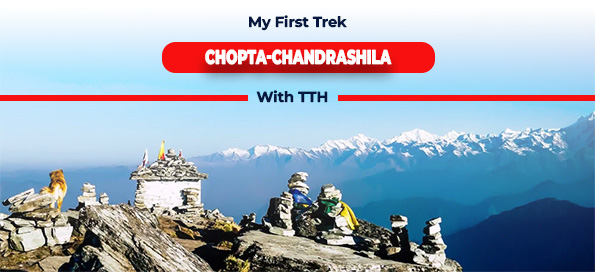
My First Trek Chopta-Chandrashila with TTH
.jpg)
A Tale of Har Ki Doon Trek
.jpg)
Bramhatal Trek
.jpg)
How to measure Chadar trek (and perhaps some bit of life)?
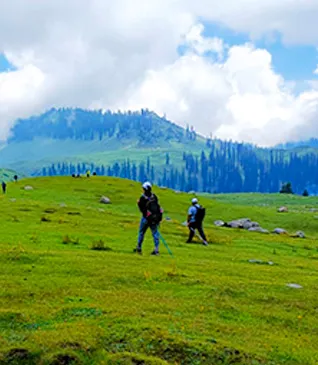
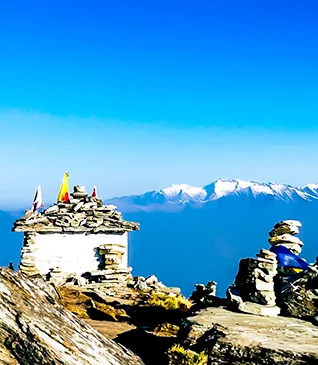
.webp)
.webp)
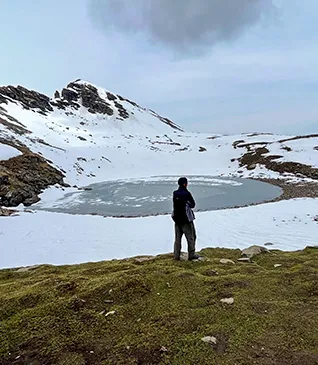
.webp)
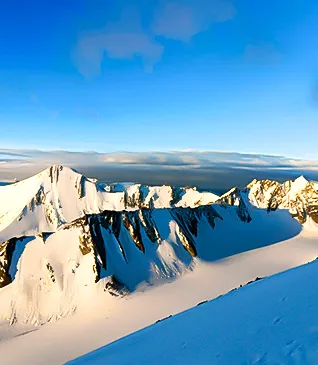
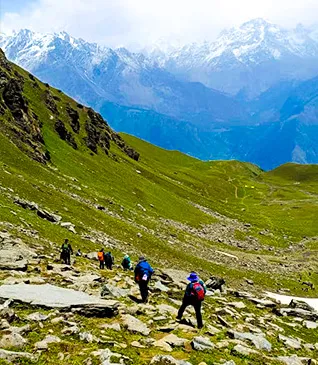
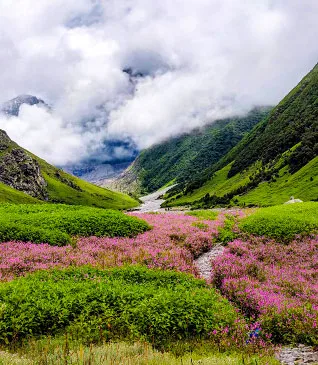
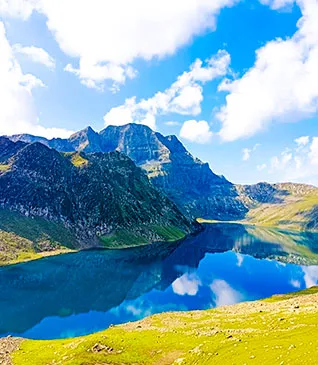
.webp)
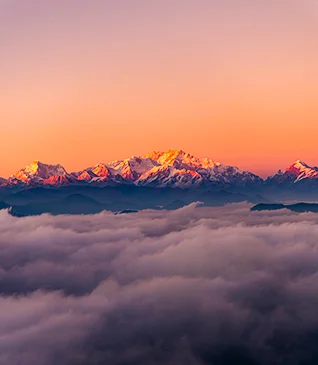
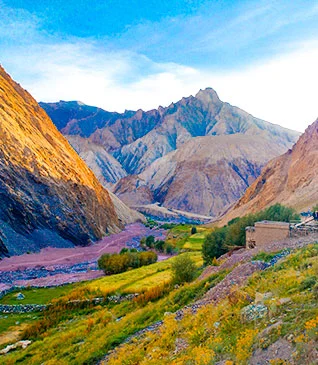
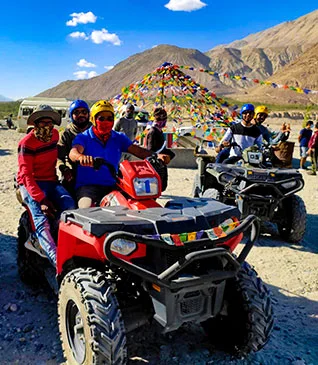
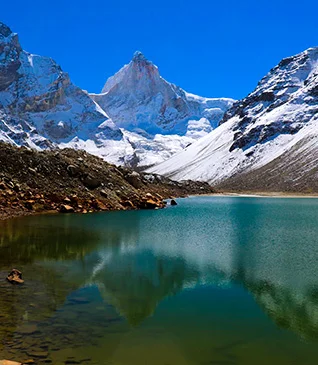
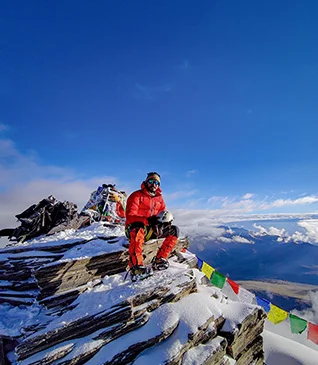
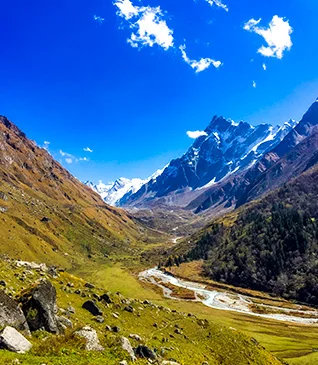
.webp)
.webp)
